Peanut soup, a comforting and velvety dish enjoyed across cultures, has a unique ability to warm the soul and delight the taste buds. Whether served as a hearty appetizer, a creamy dessert, or a nourishing main course, this humble dish elevates simple ingredients into a symphony of flavors. Crafting the perfect peanut soup requires attention to detail, from selecting the right peanuts to balancing sweetness and richness. This comprehensive guide will walk you through every step, ensuring your peanut soup achieves a silky texture, deep aroma, and irresistible taste.
The Foundation: Choosing the Right Peanuts
The backbone of any exceptional peanut soup is the quality of peanuts used. Opt for raw, unsalted peanuts with their skins intact. Roasted peanuts, while convenient, often impart a bitter aftertaste when boiled for extended periods. Raw peanuts, on the other hand, develop a mild, buttery sweetness during cooking that forms the soup’s flavor base.
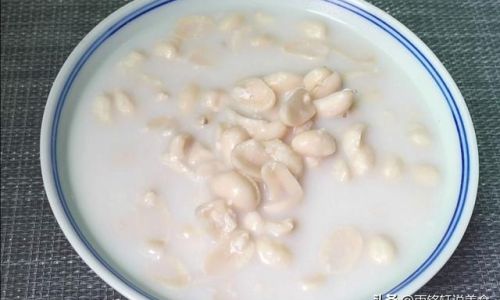
For an added layer of complexity, consider using red-skinned peanuts, commonly found in Asian markets. Their thin, reddish skins dissolve during cooking, infusing the broth with a subtle earthy note. If red-skinned peanuts are unavailable, standard raw peanuts will suffice—just ensure they are fresh, as rancid peanuts can ruin the dish.
Soaking: The Secret to Creamy Texture
Soaking peanuts before cooking is non-negotiable. This step softens the nuts, reduces cooking time, and ensures a smoother final product. Place 2 cups of raw peanuts in a large bowl, cover them with 6 cups of cold water, and let them soak overnight (8–12 hours). For a quicker method, use boiling water: pour 6 cups of boiling water over the peanuts, cover, and let them sit for 2–3 hours.
After soaking, drain the peanuts and rinse them under cold water. Gently rub the peanuts between your palms to remove any loose skins. While not mandatory, this step eliminates bitterness and results in a cleaner-tasting soup.
Cooking: Building Depth of Flavor
The cooking process transforms peanuts into a luxurious, creamy base. Combine the soaked peanuts with 8 cups of fresh water in a large pot. Bring the mixture to a boil over medium-high heat, then reduce the heat to low and simmer gently. Skim off any foam that rises to the surface—this prevents cloudiness and ensures a clearer broth.
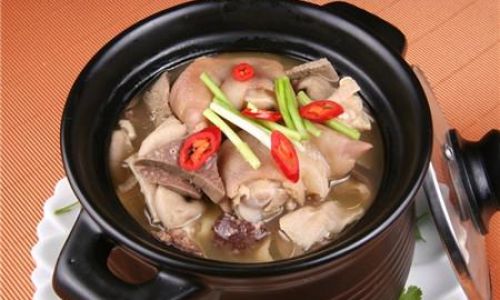
Simmer the peanuts for 1.5–2 hours, or until they are tender enough to mash easily with a spoon. Stir occasionally to prevent sticking, especially as the liquid reduces. The peanuts should absorb the water gradually, creating a thick, starchy liquid that will form the soup’s body.
Blending: Achieving Silky Smoothness
Once the peanuts are fully cooked, remove the pot from the heat and let it cool slightly. Working in batches, transfer the peanuts and their cooking liquid to a blender. Blend on high speed for 2–3 minutes, or until the mixture is completely smooth. For an ultra-creamy texture, strain the blended soup through a fine-mesh sieve or cheesecloth to remove any remaining grit.
If you prefer a chunkier consistency, reserve a portion of the cooked peanuts before blending. Mash them coarsely and stir them back into the soup for texture contrast.
Enhancing Flavor: Sweeteners, Spices, and Aromatics
Peanut soup’s flavor profile is highly adaptable, making it a canvas for creativity. Here’s how to tailor it to your taste:

- Sweeteners: Traditional recipes often use rock sugar or palm sugar for a caramel-like sweetness. For a modern twist, try honey, maple syrup, or brown sugar. Add ¼–½ cup of sweetener (adjust to taste) during the simmering phase to meld the flavors.
- Spices: A cinnamon stick, star anise, or a pinch of cardamom adds warmth. Simmer these with the peanuts and remove them before blending. For a savory version, add a smashed garlic clove or a slice of ginger.
- Dairy or Alternatives: Whole milk, coconut milk, or heavy cream enriches the soup. Stir in 1–2 cups after blending, adjusting the quantity based on desired richness. For a vegan option, use almond milk or oat cream.
- Aromatics: A splash of vanilla extract or a grating of nutmeg elevates the soup’s complexity. Add these just before serving to preserve their delicate notes.
Simmering and Seasoning: The Final Touch
Return the blended soup to the pot and simmer gently for 15–20 minutes. This step allows the flavors to meld and the texture to thicken further. Taste and adjust seasoning with salt—a pinch enhances sweetness without making the soup salty.
If the soup is too thick, thin it with water or milk. If it’s too thin, simmer uncovered for an additional 10–15 minutes to reduce.
Serving Suggestions: From Classic to Creative
Peanut soup’s versatility shines in its presentation. Serve it hot or chilled, depending on the season:
- As a Dessert: Ladle the soup into bowls and garnish with a drizzle of heavy cream, a sprinkle of toasted coconut, or a few crushed peanuts. A cinnamon stick or star anise pod makes an elegant garnish.
- As a Savory Dish: For a hearty meal, stir in diced chicken, shrimp, or tofu during the final simmer. Serve over steamed rice or with crusty bread.
- As a Beverage: Thin the soup with extra milk and serve it warm as a creamy drink, akin to a peanut-flavored latte.
Troubleshooting Common Issues
- Gritty Texture: Overblending or insufficient straining causes graininess. Use a high-speed blender and strain through cheesecloth if needed.
- Separated Soup: If the soup “breaks” (fat separates from liquid), whisk in a teaspoon of cornstarch dissolved in cold water and reheat gently.
- Bland Flavor: Boost sweetness with a touch more sugar or add a splash of soy sauce for umami depth.
- Burnt Bottom: Avoid high heat during simmering. Use a heavy-bottomed pot and stir regularly.
Cultural Variations: Exploring Global Traditions
Peanut soup appears in cuisines worldwide, each with its unique spin:
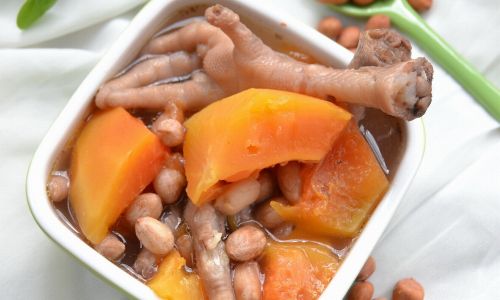
- African Peanut Soup: Common in West Africa, this version often includes tomatoes, onions, and chili peppers. Serve it with fufu or rice.
- Chinese Peanut Soup (Hua Sheng Tang): A Cantonese specialty, this dessert soup features lotus seeds and dried longan for a fragrant finish.
- Thai-Inspired Peanut Soup: Incorporate lemongrass, lime leaves, and fish sauce for a savory-sweet broth. Top with cilantro and crushed peanuts.
- American Southern Peanut Soup: Rich and indulgent, this recipe adds celery, carrots, and a dash of sherry.
Storage and Reheating Tips
Peanut soup keeps well in the refrigerator for 3–4 days or in the freezer for up to 3 months. To reheat, warm it gently over low heat, stirring occasionally to prevent scorching. Avoid boiling, as this can cause the soup to separate.
Health Benefits: Nutrition Meets Comfort
Beyond its decadent taste, peanut soup offers nutritional perks. Peanuts are rich in protein, healthy fats, and antioxidants like resveratrol. The soup’s fiber content aids digestion, while its magnesium content supports muscle and nerve function. Opt for natural sweeteners and reduced-fat dairy to make it even healthier.
Conclusion: The Joy of Perfecting Peanut Soup
Crafting the ideal peanut soup is a labor of love, but the results are deeply rewarding. By mastering each step—from selecting peanuts to balancing flavors—you’ll create a dish that soothes, impresses, and lingers in memory. Whether you follow tradition or experiment with bold twists, this soup invites creativity and guarantees satisfaction. So, grab your apron, simmer a pot, and savor the magic of peanuts transformed into liquid gold. Your taste buds (and guests) will thank you.
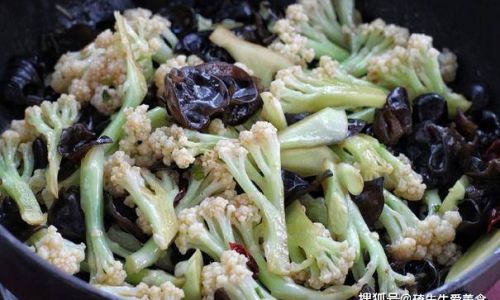
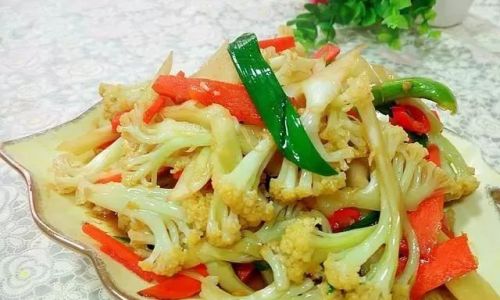
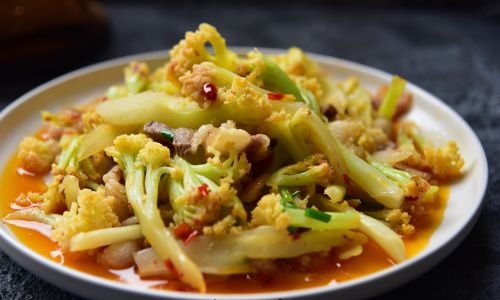
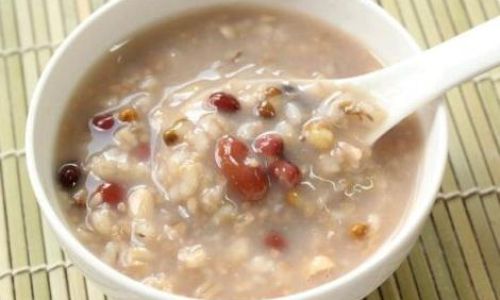
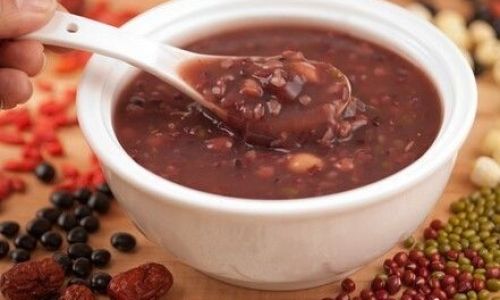
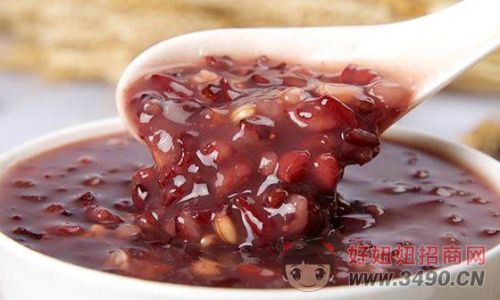
0 comments